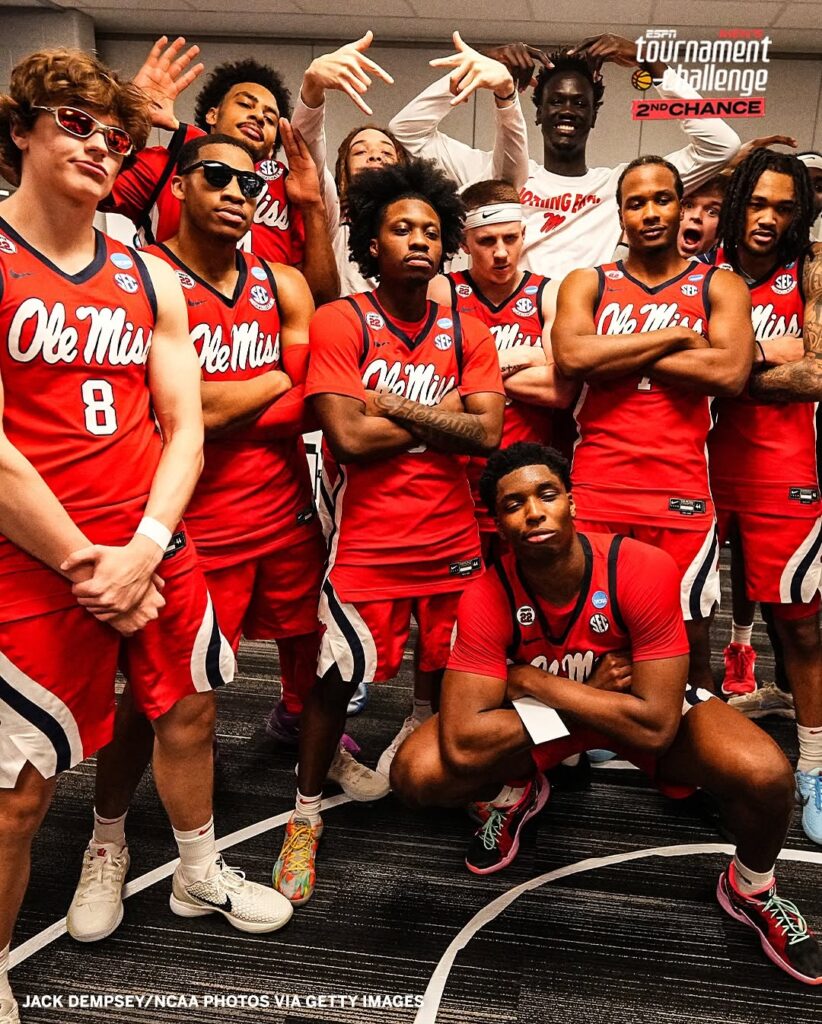
March Madness is one of the most unpredictable sporting events in the world, and the odds of filling out a perfect bracket are nearly impossible. By the time the Sweet 16 rolls around, most brackets have been shredded by upsets and Cinderella stories. But for those who want to redeem themselves, the second-chance bracket offers a fresh start. With fewer teams remaining and more data available, this is your opportunity to make smarter picks and increase your chances of predicting the right outcomes. Here’s your ultimate guide to second-chance bracket strategy.
1. Evaluate Team Performance So Far
One of the biggest advantages of a second-chance bracket is that you now have real tournament data to analyze. Instead of relying solely on regular-season performance or seeding, look at how teams have actually played in the first two rounds.
- Which teams are peaking at the right time? Some squads enter the tournament hot and continue their momentum, while others struggle despite a high seed.
- Which teams survived tough matchups? If a lower-seeded team has already knocked off a powerhouse, they may have the confidence and skill to keep going.
- What injuries or suspensions have occurred? The loss of a key player can dramatically shift a team’s chances.

2. Don’t Be Afraid to Pick New Favorites
Your original bracket may have been built around a top seed or a personal favorite, but now that the tournament is unfolding, it’s time to be objective. If a high seed has been struggling, you might need to look elsewhere for your Final Four picks.
- If a No. 1 or No. 2 seed barely escaped their first two games, they might not be as dominant as expected.
- A No. 5 or No. 6 seed that has won convincingly may have what it takes to continue their run.
The key is to adjust your thinking based on what you’ve seen rather than clinging to pre-tournament expectations.
3. Identify Strong Guard Play
March Madness games are often decided by guard play. The teams that advance deep into the tournament typically have elite backcourts that control tempo, make clutch shots, and handle pressure well.
- Look for teams with experienced point guards who can lead in crunch time.
- Avoid teams with turnover-prone guards who have struggled under defensive pressure.
- Teams that shoot free throws well are often safer bets in close games.

4. Focus on Defense and Rebounding
Scoring gets the headlines, but defense wins championships. When choosing teams for your second-chance bracket, prioritize those that:
- Force turnovers and limit opponents’ shot quality.
- Have strong defensive efficiency ratings.
- Rebound well, preventing second-chance points.
Teams that control the boards and slow down high-powered offenses tend to advance further than expected.
5. Trust Tournament Coaching Experience
Coaches who have a history of making deep tournament runs tend to find ways to win close games. When making your second-chance picks, give extra consideration to teams led by seasoned coaches.
- Coaches like Tom Izzo, Bill Self, and Scott Drew consistently get their teams ready for deep tournament runs.
- First-time tournament coaches may struggle in pressure situations.
A great coach can be the difference in a tight Sweet 16 or Elite Eight matchup.

6. Beware of Cinderella Fatigue
Underdogs make the tournament fun, but most Cinderella teams hit a wall before reaching the Final Four. If a double-digit seed has made it to the Sweet 16, ask yourself:
- Did they win by fluke plays or buzzer-beaters, or did they dominate their games?
- Are they built to compete against elite talent, or have they simply taken advantage of weaker matchups?
- How deep is their rotation? Teams that rely on one or two players often struggle as fatigue sets in.
It’s tempting to pick the feel-good story, but history shows that higher-seeded teams tend to prevail in later rounds.
7. Look for the Best Matchups, Not Just the Best Teams
A team’s overall talent level matters, but matchups dictate outcomes. When filling out your second-chance bracket, consider:
- Playing styles – A fast-paced team could struggle against a disciplined defensive squad.
- Size advantage – Teams with dominant big men can exploit smaller opponents.
- Three-point shooting – If a team relies heavily on the three, they could struggle against elite perimeter defenders.

8. Consider Betting Odds and Analytics
While gut feeling plays a role, data-driven insights can be invaluable. Look at:
- Vegas odds – Oddsmakers are good at predicting favorites and close matchups.
- KenPom rankings – These advanced analytics measure team efficiency and strength.
- Recent head-to-head matchups – If teams have played earlier in the season, consider how that game played out.
9. Be Bold but Smart in Your Final Four Picks
Since most brackets get busted early, second-chance brackets are a great time to take a few calculated risks. However, avoid going overboard:
- Having at least two No. 1 or No. 2 seeds in your Final Four is usually a safe bet.
- A lower seed making a deep run is likely, but choosing multiple double-digit seeds to reach the Final Four is unrealistic.
- Balance is key—take risks, but don’t ignore history and trends.

10. Have Fun and Enjoy the Madness
At the end of the day, March Madness is unpredictable for a reason. No strategy guarantees a perfect bracket, but making smart, informed picks can give you a better chance at success. Whether you’re playing for bragging rights, a friendly office pool, or a cash prize, enjoy the thrill of filling out a second-chance bracket and see how well your strategy holds up.
A new bracket means a fresh opportunity—so take what you’ve learned from the tournament so far, make your best picks, and get ready for another wild ride through March Madness!



